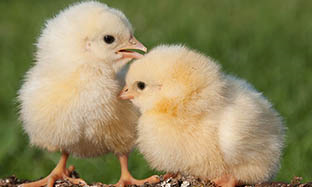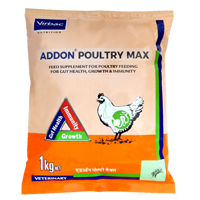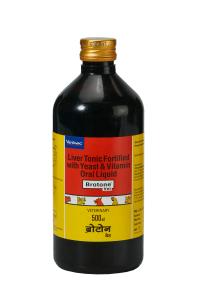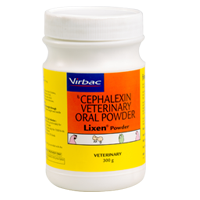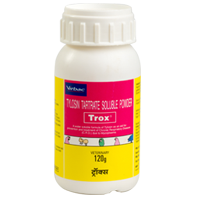
Importance of gut health in poultry
Gut health is key for overall performance, health and welfare of poultry birds. The pathogen-induced intestinal pathologies are commonly observed leading to digestive disorders. These are often characterised by inflammation of intestinal walls, sloughing of enterocytes and shortening of villi. The main infectious causes that impair gut health in poultry are mainly from bacterial origin.
Bacterial enteritis is a vulnerable disease in poultry, causing loss of performance. It is a complex disease with several predisposing factors. Feed additives with proper management nullify the chances of prevention of bacterial enteritis. Coccidiosis is another pathogen-induced intestinal disease which can be controlled by adding suitable coccidiostats or Anticoccidials and allows your flock to its maximum genetic potential. Preventive additives for gut health issues range from antimicrobial growth promoters and anti-coccidials to alternative gut health additives.
Table 1 – Use of feed additives to counteract possible problems
|
Possible Problems |
Solutions |
|
A)Oversupply of Nutrients in Gut |
|
|
B)Shift of Microbiota |
|
|
C) Poor digestion of feed & nutrients |
|
Increased feed intake for growth has as consequence of genetic selection. Recent broilers strains eat almost twice their own body weight every day. Anti-nutritional factors (ANF) such as non-starch polysaccharides (NSPs) and mycotoxins in the feed could lead to indigestibility, resulting in more undigested nutrients in the lumen on which pathogenic bacteria can be fed. NSPs present in the feed increase viscosity in the gut, decreasing the passage rate of digesta and increased bacterial load. Leading to decreased absorption of nutrients and increased incidence of wet litter because of pasty litter. Mycotoxins in the feed harm the intestinal barrier functioning and is one of the predisposing factors for secondary bacterial diseases and dysbacteriosis.
The gut microbiota consists of benificial bacteria from which the host benefits in different ways: they expand the digestive capacity, they produce essential nutrients, increase colonisation, resistance against pathogenic intruders and assist in detoxification. The more diverse and rich the microbiome, the healthier the host. The gut microbiota depends on the microbial substrate preference coming from the host diet. Cross feeding occurs between microbiota, e.g. butyrate and lactate producers.
Digestion and absorption of nutrients are main functions of the gut and the interface between organism and the outer world. The efficiency of feed digestion and absorption is directly proportional to the healthy intestine more specifically intestinal villi i.e longer the villi, the more the surface for absorption and healthier the microvilli, the more production of enzymes to break down the complex molecules. The enterocyte (Intestinal cells) lining acts as physical barrier between intestinal lumen and blood, tightly sealed together called as tight junctions, preventing bacteria and toxic substances to enter directly into blood and causing inflammation and leaky gut.
Gut associated lymphoid tissue(GALT), is intestine’s largest immune organ not only contributing for immune response to pathogens, but also preventing inflammatory response.

